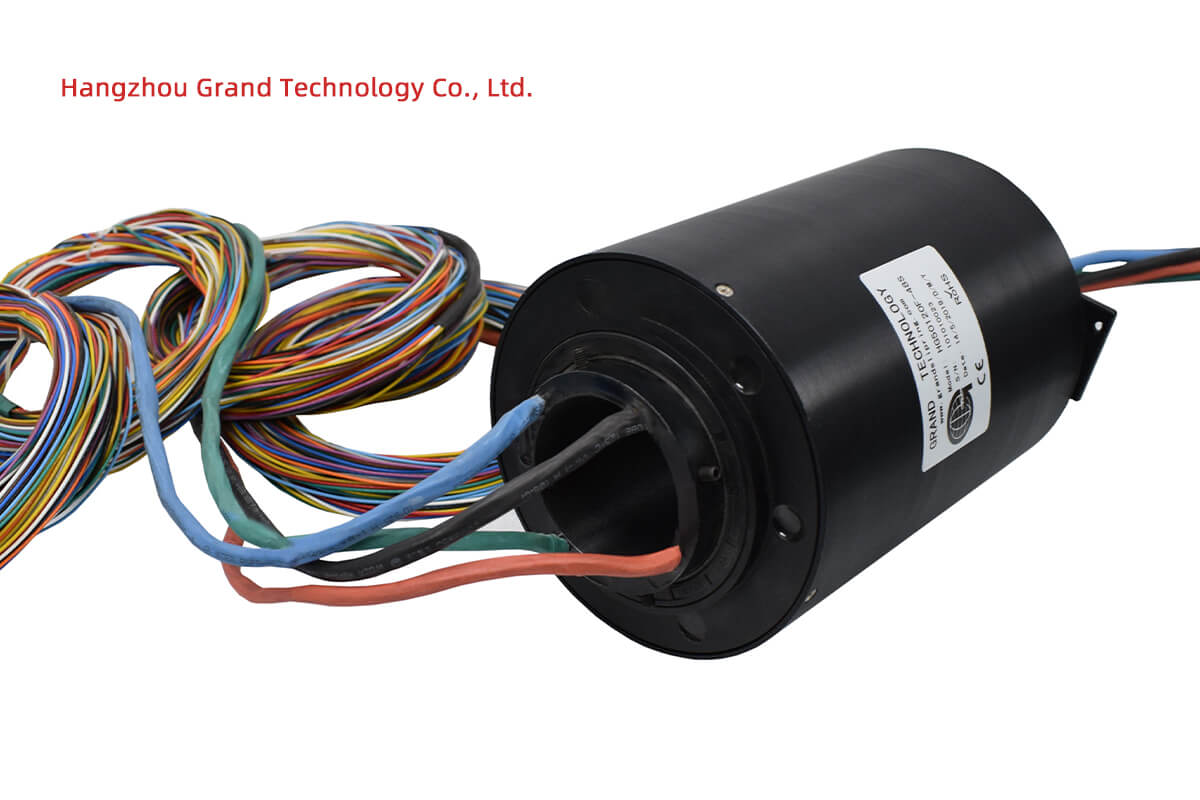Slip rings, no doubt, have expansive techniques of applications. They provide the flow of electric charges between the static and rotating parts of a system. A slip ring is termed an electromechanical device that allows power or electric current to flow between a rotatory and a stationary part of a system. With it, electric charges are allowed to flow continuously with no form of disturbances.
As part of the application of slip rings, it is highly recommended for use in a system where an uninterrupted and continuous flow of electric charge is desired. It usually comes with a metal brush that provides a firm connection. It has been designed with several metal rings that provide protection for the parts of the system which keeps them together.
What Are High-Temperature Slip Rings
We have looked at slip rings and explained their importance in a system. However, some slip rings are designed to operate at very high temperatures. These types are called “high-temperature slip rings”. As the name sounds, high-temperature slip rings can withstand very high temperatures and can work effectively at such extreme temperatures. The maximum temperature at which a high-temperature slip ring is designed to work is about 500 degrees centigrade. A system application that needs very high temperatures may find the use of high-temperature slip rings very effective.
This type of slip ring can rotate at an angle of 360° which makes them very effective irrespective of the angle. Some high-temperature slip rings have a much-advanced design than others. They are built as four-way slip rings with very high efficiency. Most slip rings are built with a design temperature that falls below 80 degrees Celsius while four-way slip rings are designed to operate at higher temperatures and can withstand a temperature that is quite as enormous as 500 degrees Celsius.
High-temperature slip rings are designed to have a very firm connection with brushes and metal rings that give them a unique design with optimal efficiency. The brushes used for these slip rings are different in design than those of normal slip rings.
The earliest type of slip ring that is designed to operate at a temperature above 150 degrees Celsius is the high-temperature temperature. It is often used in industrial or domestic operations. Different types of mechanical and electrical systems in the engineering field make use of this type of slip ring, especially in areas where high temperature and rotation become essential. These slip rings have a high level of efficiency and are designed to work at optimal conditions even at extreme temperatures. The working system of most engineering operations is simplified when a high-temperature slip ring is used compared to the normal type of slip ring.
Slip rings that are designed to work at very high temperatures usually come with a stationary metal brush that stands to be firmly connected to both the rotary and stationary parts. Graphite is another material that is used in making the stationary brush. The stationary brush, which can either be made from metal or graphite, is made with the two materials above to ensure a sufficient flow of charges with no power interruption.
Since precious metals like silver and gold can withstand very high temperatures and have high conductivity, hence they are suitable for use in a high-temperature slip ring. These metals can meet the 360 degrees rotation which is an attribute of high-temperature slip rings. It is made sure that less energy is consu

med, which in turn increases the output and efficiency of the system.
The requirements of most power systems are met when high conductivity and heat-resistant metals are used in the design of slip rings. High-quality and reliable signals are provided when slip rings are made with these metals.
Several companies are in the business of manufacturing high-temperature slip rings. Some of the companies that are well-known for manufacturing slip rings that can withstand very high temperatures include Sengring, Comau, Mouflon, and Berlin Times. These listed companies are well-known for producing high-quality and high-performance slip rings that can operate under high temperatures.
Two main processes are used in designing these types of slip rings. The first process is carried out through lamination of the rings with the desired metal while the other process is carried out by injection.
Gold serves the purpose of a conducting metal in slip rings because it has a very high temperature of about 1,064 degrees Celsius. Again, it has low resistance, which helps in the reduction of power loss and thus increases the overall efficiency of the system. However, it is ideal for high-temperature slip rings to be tested at very high temperatures to be sure of their reliability when used in real working conditions.
Testing the Quality of High-Temperature Slip Rings
In other to test the efficacy of high-temperature slip rings, a vacuum is used, and the temperature could be changed to different higher levels. The conducting metal’s point of melting often categorized as “the highest temperature at which a slip ring can withstand”.
Carrying out important slip ring check-ups also seems to be a way of identifying the ratio of the signal to noise generated by a slip ring. From experiments carried out in the past, it has been deduced that the signal produced by a slip ring is slightly influenced by the temperature of a slip ring.
Conclusion
A High-temperature slip ring is usually produced as a single circuit with a design speed of about 250rpm (revolution per min). They are more durable with a great length of life One key advantage of using slip rings with high temperatures is that they make use of less energy and give out more power. They are recommended for use because they do not produce much noise while ma Seeking reliable High-temperature Slip Rings for your project? Inquire today to find the perfect solution.


